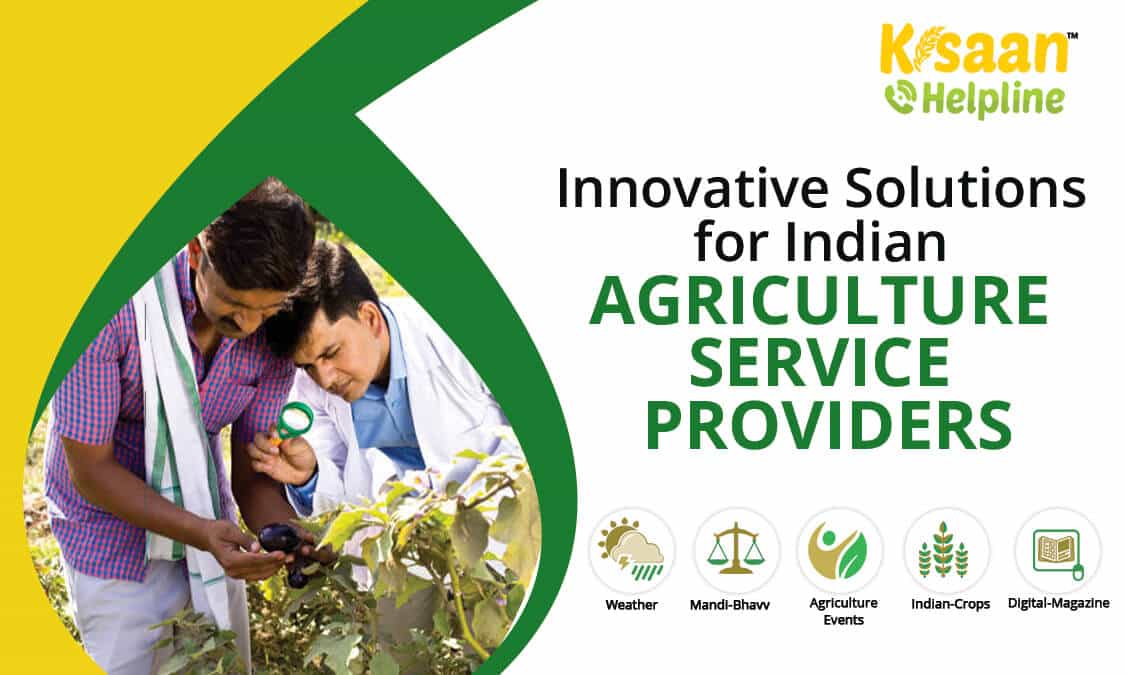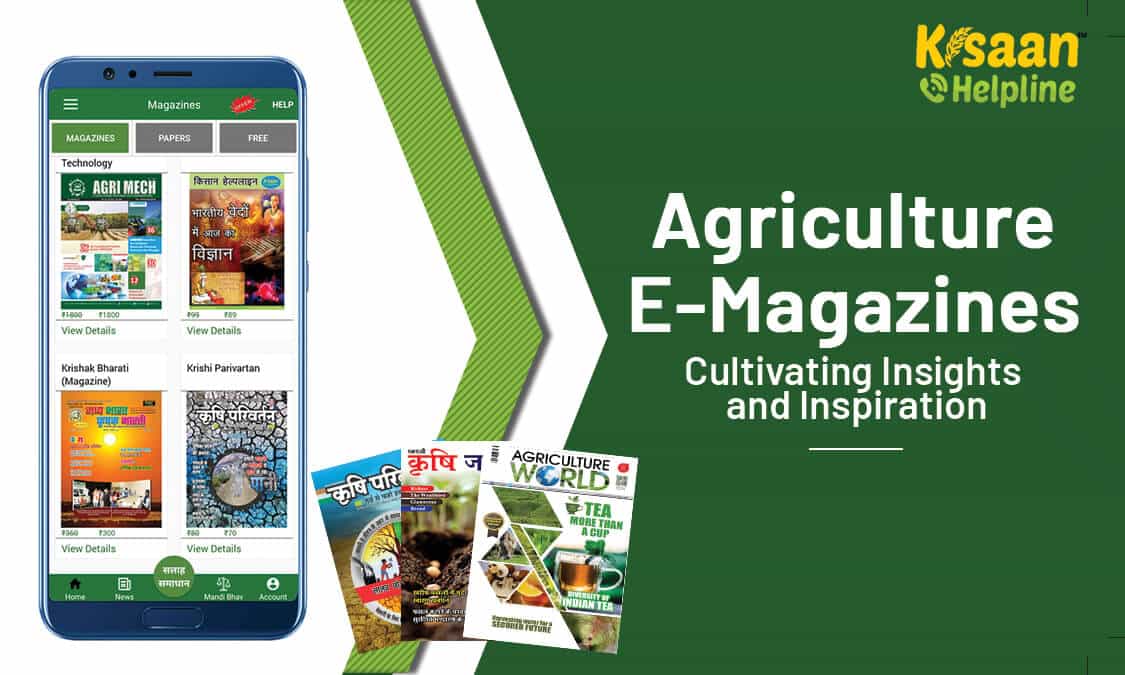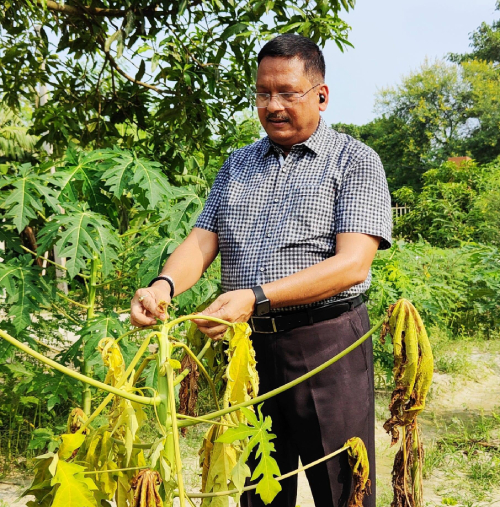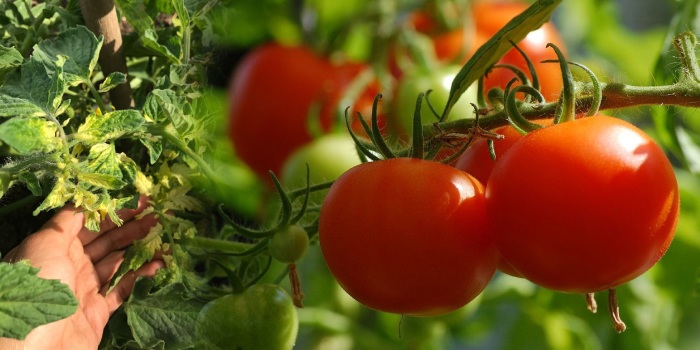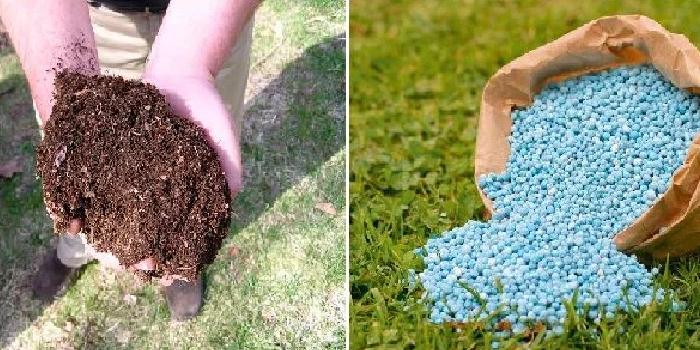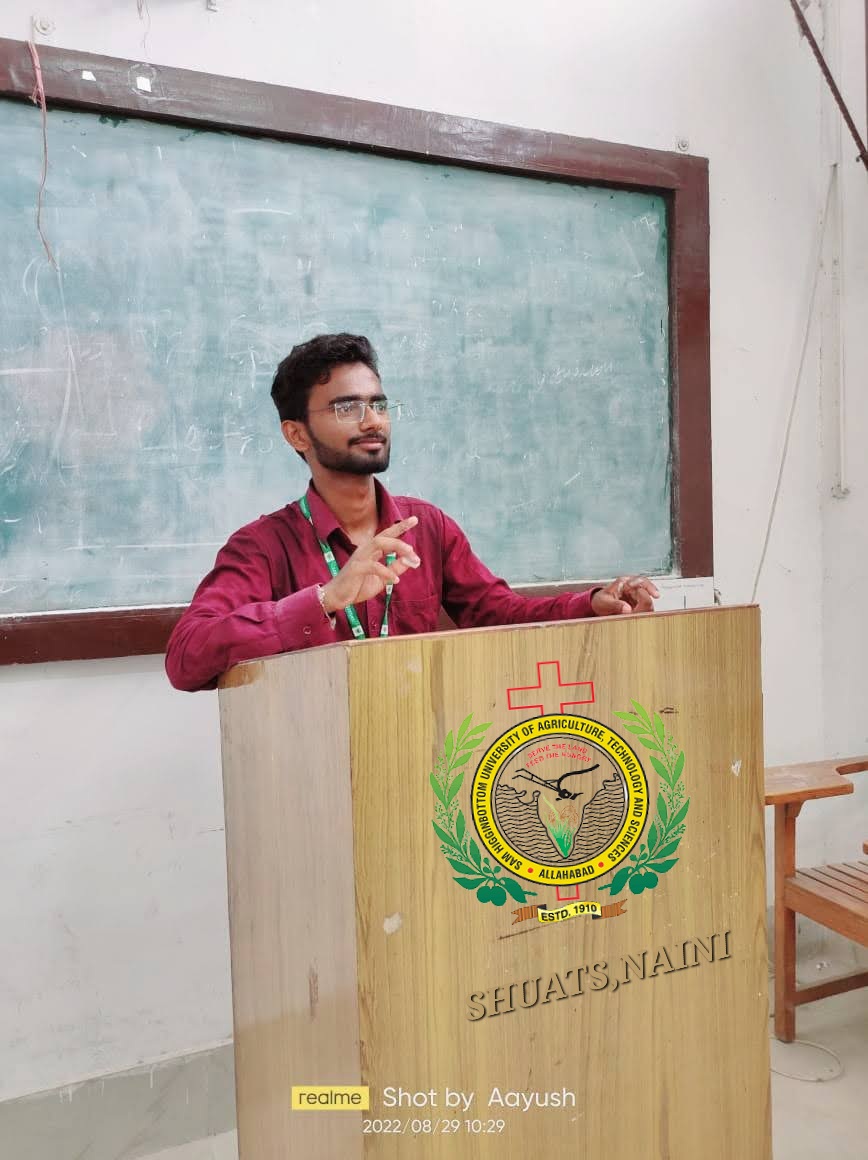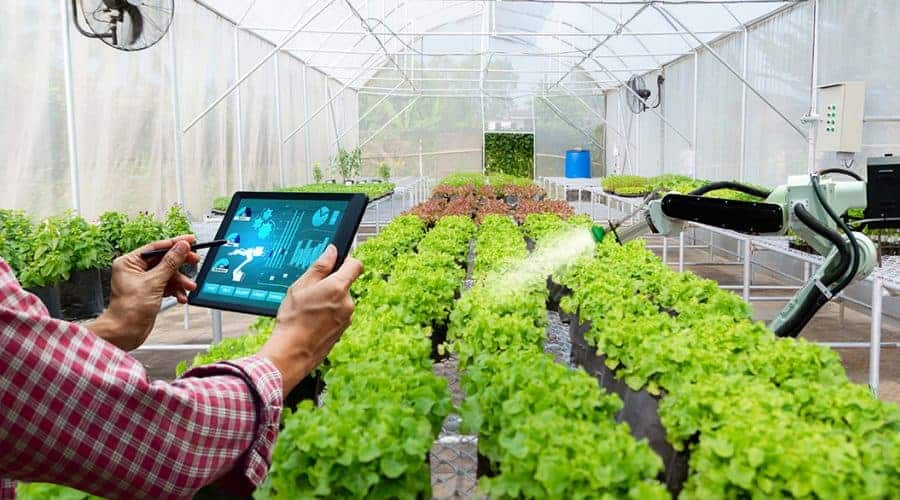
Writer
Sourabh Chorthe
Student SAGE University
Anshika Pal
Student SAGE University
Ramanshu Patidar
Student SAGE University
Introduction
Precision Agriculture is generally defined as an information & technology based farm management system to identify, analysis & manage variability within fields for optimum profitability, sustainability & protection of the land resource. In this method of farming, new information technologies can be used to make better decisions about many aspects of crop production. Precision agriculture highlights the increased efficiency that may be realized by understanding & dealing with natural variability found within a field. The goal is not to obtain the yield everywhere but rather to manage and distribute inputs costs and decreasing commodity prices. The farmers are looking for new ways to increase efficiency and cut costs. Precision farming technology would be a viable alternative to improve profitability & productivity longer with the best choice. Today because of increasing input costs & decreasing commodity prices the farmers are looking for new ways to increase efficiency and cut costs. Precision farming technology would be available alternative to improve profitability and productivity.
PRECISION FARMING
Precision farming is a management philosophy or approach to the farm and It is not a definable preservative system (DAWSON 1997). Precision farming is an approach where inputs are utilized in precision amount to get increase average yield compared to traditional cultivation techniques. In India one major problem is the small field size, more than 58% of the operational holdings in the country have size less than 1 hectare (Anonymous 2004). The variation occurring in a crop or soil properties within a field are noted, mapped and then management actions are taken as a consequence of continued assessment of the spatial variability within that field.
NEED FOR PRECISION AGRICULTURE
Today that level of knowledge of field conditions is difficult to maintain because of the large farm size & change in area due to annual shifts in leasing arrangements. Precision agriculture offers the potential to automate & simplify the collection & analysis of information. All management decisions to be made quickly, implemented on a small area within a larger field.
WIRELESS SENSORS IN PRECISION FARMING
The development of WST application in Precision agriculture makes it possible to increase efficiency, productivity & profitability while minimizing unintended impact on wildlife and the environment in many agriculture production systems. The real time information from the field provide a solid base for farmers to adjust strategies at any time
Wireless sensors have been used in precision agriculture to assist in.
- Spatial data collection
- Variable-rate technology
- Supplying data to farmer
TECHNOLOGY FOR PRECISION FARMING
The new tools applicable to this precision farming are the advanced electronic & computer such as RS, GPS , GIS. Technologies used in Precision farming cover three aspects such as data collection, analysis or processing & recommendation based on available information. Technologies required are as follows:-
Mapping
The generation of maps for crop & soil properties is the most important. yield mapping estimates of soil organic matter & available nutrients. The combination of these technologies have brought out rapid change in data collection, storing ,processing, analysis & developing models for input parameters.
Remote sensing
These are generally categorised as aerial or satellite sensors. They can indicate variations in the colours of the field that correspond to change in soil type, crop development, field boundaries, roads, water etc. Aerial and satellite imagery can be processed to provide vegetative indexes which reflect the health of the plant.
Global positioning system(GPS)
It is a set of 24 satellites in earth orbit. It sends out radio signals that can be processed by a ground receiver to determine the geographic position on earth. It has a 95% probability that the given position on the earth will be within 10 to 15 m of the actual position. GPS allows precise mapping of the Farms and together with appropriate software inform the farmer about the status of crops and which part of the farm required input such as water, fertilizer and pesticides etc.
Geographic information system (GIS)
It is software that imports, exports and processes spatially & temporally geographically distributed data. GIS is a potential tool used for easy access, retrieval & manipulation of voluminous data of natural resources which is difficult to handle manually. It facilitates manipulation of spatial attributes or data useful for handling multiple data of diverse origin
Control Strategies
- Control computer to coordinate field operation based on the maps on Computer memory.
- A locator to determine the current location of the equipment.
- An actuator to receive the command from the control computer
Conclusion
Precision farming is really a good practice of farming for farmers in the current world situation where we face climate change, high cost of cultivation. Yes, precision agriculture has a high cost but it can give us a very good result like no pesticide residues in food or no extra input added in our soil. We just apply Right thing, in Right quantity, in Right place, in Right time. Precision farming has a potential to improve profitability of the farm and reduce environmental degradation. GIS, GPS & RS can be applied to find out crop performance parameters and weather forecasting. Precision farming enables optimal use of input through site specific application and precise land levelling by LASER Land leveller.



